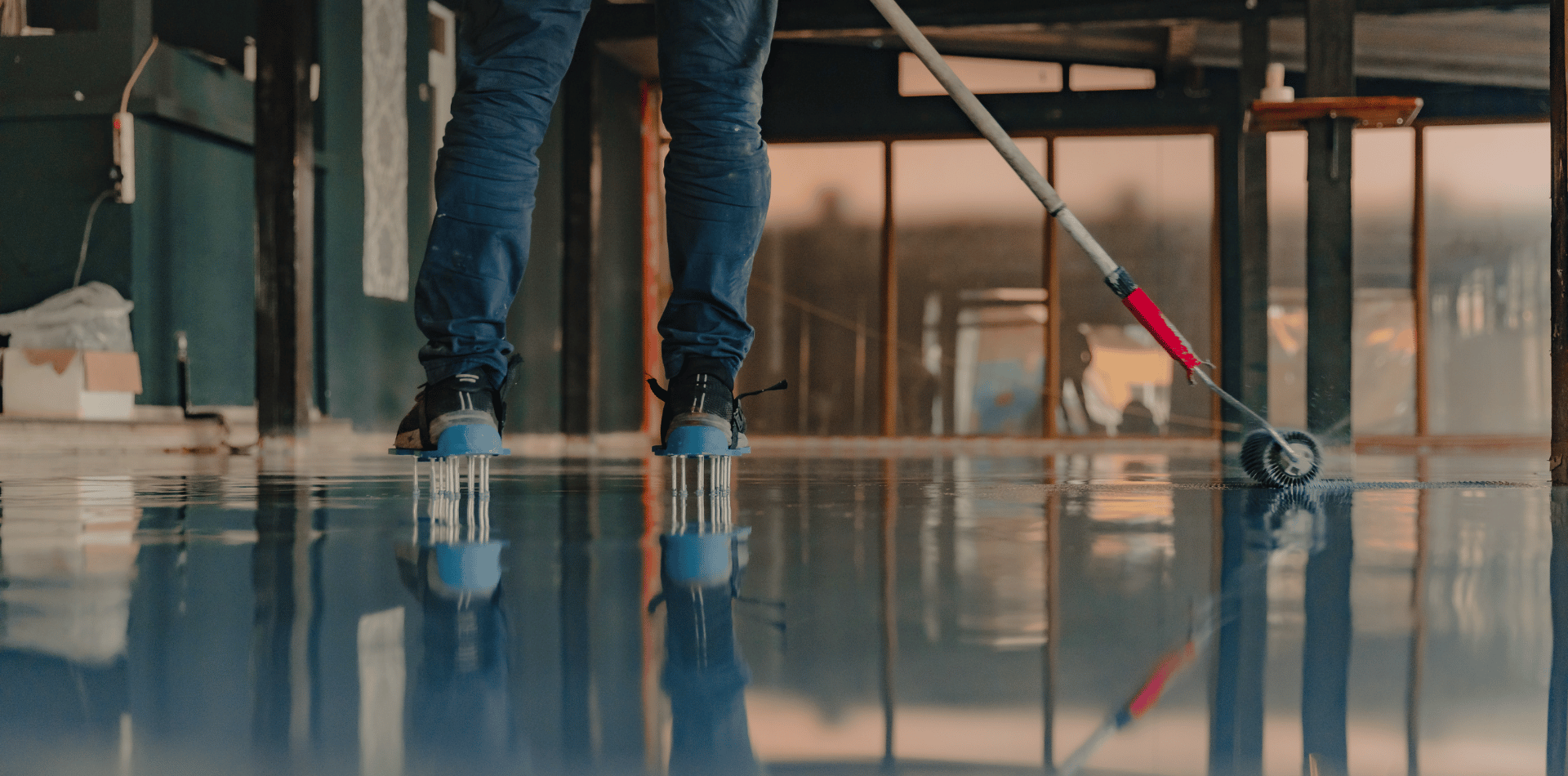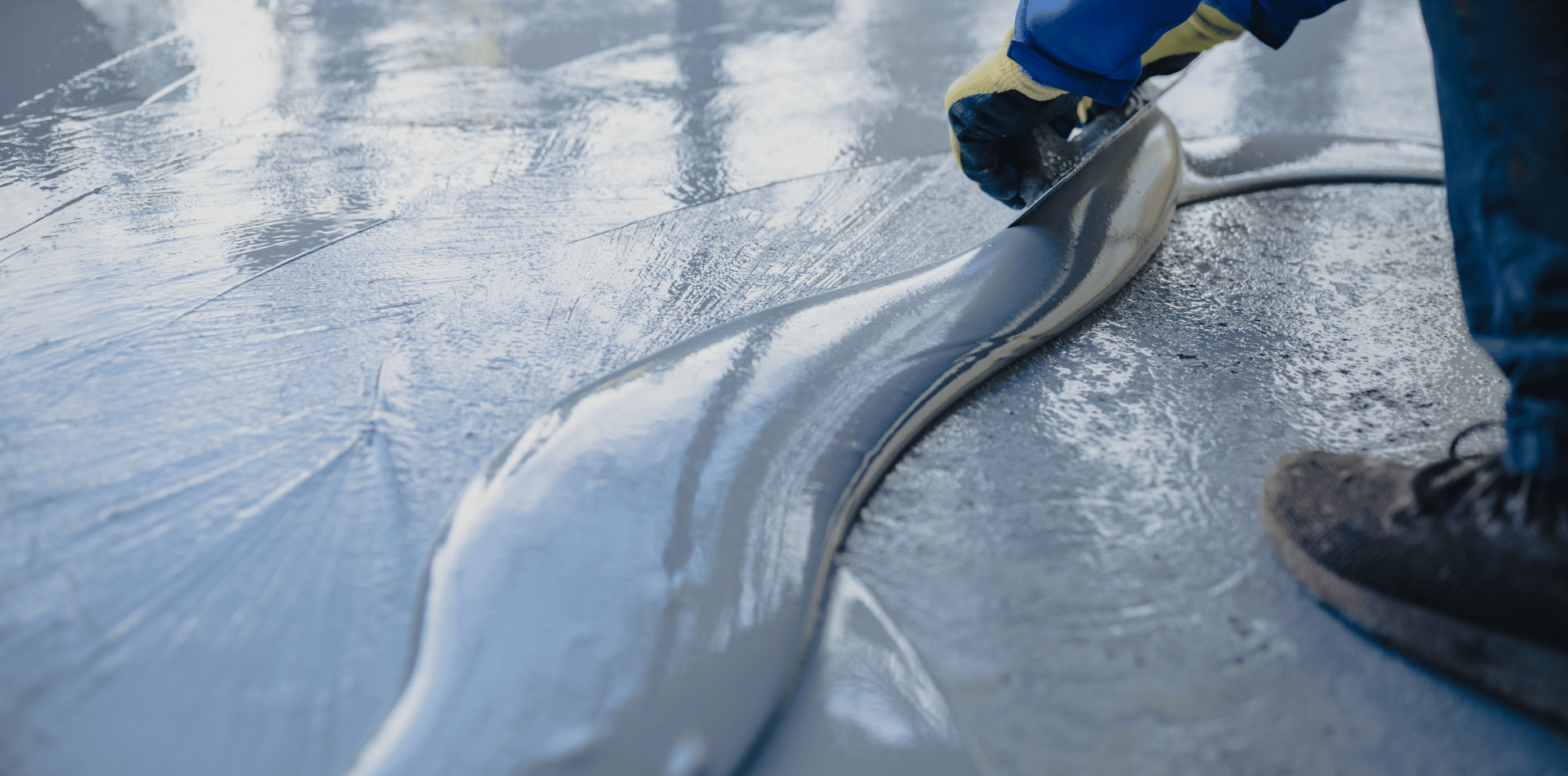The Ultimate Guide to Epoxy Flooring
The Ultimate Guide to Epoxy Flooring: Benefits, Uses, and Installation

Epoxy flooring has become a popular choice for both commercial and residential spaces due to its durability, versatility, and aesthetic appeal.
This comprehensive guide will explore the numerous benefits of epoxy flooring, its various applications, and the essential steps involved in its installation process.
What Is Epoxy Flooring?
Epoxy flooring is a type of floor system that involves applying a layer of epoxy resin over a substrate, usually concrete. This resin is a combination of hardeners and polymers that, when mixed, create a chemical reaction resulting in a rigid plastic material.
Epoxy floors are known for their high gloss, durability, and resistance to wear, making them suitable for various environments.
Benefits of Epoxy Flooring
Durability and Strength
Epoxy flooring creates a hard, protective layer over the concrete, making it exceptionally durable and resistant to impacts, stains, and chemicals. This robustness is why it's favoured in industrial and commercial settings where floors are subject to heavy loads and traffic.
Aesthetic Appeal
Epoxy floors offer a seamless and shiny finish that can significantly enhance the aesthetic of any space. They are available in a variety of colours and patterns, allowing for customisation to fit any decor style.
Safety Features
With the addition of anti-slip additives, epoxy flooring can improve safety in the workplace or home. It also enhances visibility inside buildings due to its reflective surface, contributing to a brighter environment.
Low Maintenance
Epoxy floors are easy to clean and maintain.
Their seamless surface repels water and oil, preventing stains and making it simple to wipe away spills.
Cost-Effectiveness
Compared to other flooring options, epoxy floors are cost-effective in the long run due to their longevity and low maintenance requirements.
Applications of Epoxy Flooring
Epoxy flooring is suitable for a wide range of environments, including:
- Industrial and Manufacturing Facilities: Its resistance to heavy machinery and chemical spills makes it ideal for factories.
- Commercial Spaces: Retail stores, restaurants, and offices benefit from its durability and aesthetic flexibility.
- Garages: Epoxy's resistance to oil, petrol, and tyre marks makes it perfect for garage floors.
- Healthcare Facilities: Its easy-to-clean surface helps maintain hygienic conditions in hospitals and clinics.
- Residential Spaces: Basements, kitchens, and living areas can be transformed with epoxy for a modern look and feel.
Installation Process
Preparation
The key to a successful epoxy floor installation is thorough preparation. The concrete surface must be clean, dry, and free of any contaminants or moisture. This often involves repairing cracks, degreasing, and diamond grinding or shot blasting the floor to create a profile for the epoxy to adhere to.
Priming
Applying a primer is an essential step that ensures the epoxy adheres properly to the concrete surface. It also helps to seal any pores in the concrete, providing a smoother finish.
Mixing
Epoxy resin and hardener must be mixed according to the manufacturer's instructions. The correct ratio and mixing procedure are crucial to achieve the desired chemical reaction and ensure the durability of the floor.
Application
The mixed epoxy is then applied to the prepared surface using rollers or squeegees. For best results, professionals often apply multiple layers, including a base coat, one or more colour coats, and a topcoat that can include UV protectants and anti-slip additives.
Curing
Epoxy flooring needs time to cure, which can vary from 24 hours for light traffic to up to 72 hours for full use. Temperature and humidity can affect curing times, so it's important to consider environmental conditions during installation.
Epoxy flooring offers a blend of functionality, durability, and aesthetics that is hard to match with other flooring options.
Whether for an industrial facility, commercial space, or a residential area, epoxy provides a solution that is both practical and visually appealing. While the installation process requires careful preparation and skill, the long-term benefits make it a worthwhile investment for many projects.
With its wide range of applications and benefits, epoxy flooring continues to be a top choice for those looking to combine style with substance.


Part of the
Kaptol Epoxy Flooring is the leader of epoxy floor installation and repair in the Newcastle, Lake Macquarie and Hunter Region.
Get Started Now
| Powered by Kaptol Media

